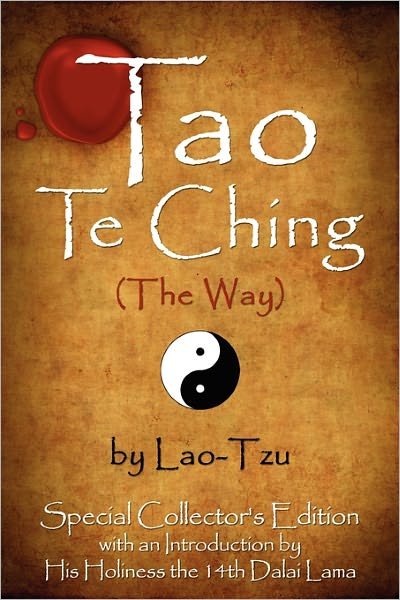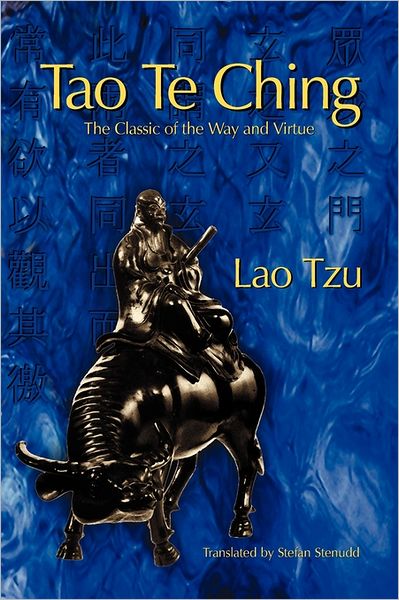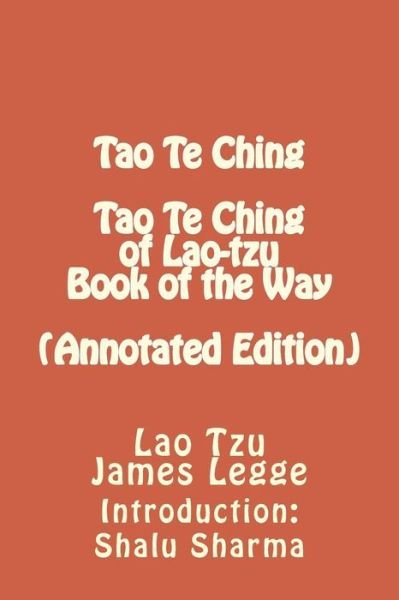
Fortæl dine venner om denne vare:
Tao Te Ching Annotated edition
Lao Tzu
Findes også som:
- Paperback Bog (2024) DKK 109
- Paperback Bog (2024) DKK 109
- Paperback Bog (2003) DKK 109
- Paperback Bog (2016) DKK 114
- Paperback Bog (2015) DKK 116
- Paperback Bog (2014) DKK 118
- Paperback Bog (2017) DKK 118
-
Paperback Bog1st. edition(2007) DKK 121
- Paperback Bog (2010) DKK 125
- Paperback Bog (2010) DKK 125
- Paperback Bog (2010) DKK 125
- Paperback Bog (2018) DKK 129
- Paperback Bog (2019) DKK 132
- Paperback Bog (2013) DKK 133
-
BogWarbler Classics Annotated edition(2022) DKK 133
- Paperback Bog (2015) DKK 133
- Paperback Bog (2018) DKK 133
- Paperback Bog (2016) DKK 133
- Paperback Bog (2021) DKK 137
- Hardcover bog (2020) DKK 142
-
Paperback BogPenguin Classics Deluxe edition(2021) DKK 145
- Hardcover bog (2017) DKK 145
- Paperback Bog (2020) DKK 146
- Paperback Bog (2012) DKK 148
- Paperback Bog (2008) DKK 148
Tao Te Ching Annotated edition
Lao Tzu
Publisher Marketing: Chinese people are known for being philosophical. A person doesn't necessarily have to be religious in order to be philosophical. You just have to learn the best ways to live your life so that you can have a more prosperous future. A classic Chinese manual entitled "Tao Te Ching" teaches people the art of living and the path you must take in order to find fulfillment in your life. This classic Chinese text was written by a sage named Laozi, also known as Lao Tzu. Laozi means "Old Master" in Chinese. Some people like to refer to this classic Chinese text as Laozi instead of Tao Te Ching because they have so much respect for the author. The sage, Laozi, is believed to have lived around 600 B. C. In his professional life, he worked as a record keeper for the Zhou Dynasty Court. However, historians are still unsure about the exact date and time when the Tao Te Ching was actually written. The only thing they know is that the oldest Chinese texts that were excavated dates back to sometime in the late 4th century B. C. Even though they were originally written in the 6th century, the texts that were excavated in the 4th century are likely rewritten texts. The Tao Te Ching is one of the main Chinese classic texts that promote the religious and philosophical principles of Taoism. It is the most fundamental book of text that is studied by all Taoists. It is also a strong influence on other Chinese schools that teach Confucianism, Legalism and Chinese Buddhism. Chinese painters, poets, gardeners and calligraphers use the philosophies of the book as a source of inspiration. The influence of the Tao Te Ching has spread far throughout Eastern Asia and is one of the most translated books ever written in the history of literature. In Roman culture, the book was transcribed using the Wade-Giles Romanization system. They transcribed the title as "Daodejing." The words "Dao" and "Tao" both mean "the way." The words "De" and "Te" both mean inner strength or virtuosity. And finally, the words "Jing" and "Ching" mean "classic" or "the great book." Therefore, the translation of Tao Te Ching and Daodejing is said to be "The Classic Way to Inner Strength." In other words, if you learn the philosophies in this book then you will have the knowledge of finding the right path to strength and happiness. Tao Te Ching is not a long book to read by any means. It is only 5,000 Chinese characters long with about 81 very brief sections or chapters. The writing is of a classical form of Chinese called zhuanshu. As the centuries went by, the later versions were written in Lishu and Kaishu. As for the chapters, no one knows if the separated chapters were originally placed there by Laozi or if they were added later on. Some people think they were added later on as a way to help memorize the information and add commentary. The whole book is divided into two main parts. The first part is the Tao Ching, which goes from chapter 1 to chapter 37. The second part is the Te Ching, which goes from chapter 38 to chapter 81. Some even refer to this style of writing as laconic and poetic because of its brief chapters and intentional contradictions. This writing is strategic in a sense because it creates memorable phrases and then forces the reader to create their own reconciliations from all the supposed contradictions. This is why it takes some people their entire lives to fully understand the message behind the text. For others, they never fully grasp it. Review Citations: Wilson Public Library Catalog 12/31/2008 pg. 137 (EAN 9781585426188, Paperback) Wilson Public Library Catalog 01/01/2013 pg. 144 (EAN 9781585426188, Paperback) Library Journal 10/10/2005 (EAN 9781590300114, Hardcover) Publishers Weekly 03/24/2003 pg. 68 (EAN 9781842930564, Hardcover) Library Journal 05/01/2003 pg. 123 (EAN 9781842930564, Hardcover) Reference and Research Bk News 02/01/2002 pg. 12 (EAN 9781585420995, Hardcover) Wilson Public Library Catalog 01/01/1998 pg. 103 (EAN 9780679433163, Hardcover) Contributor Bio: Tzu, Lao According to tradition, the "Tao Te Ching" was written in China around the 6th century BC by Lao Tzu ("Old Master"), a record-keeper at the court of the Zhou Dynasty. This ancient text was put into this Haiku poetry format by Thomas E. Uharriet, the same poet who encoded the world's largest acrostic, which is found in "The Memoirs of Billy Shears" (See www. BillyShears.com). In addition to writing books, Uharriet also enjoys energy work, meditation, Yoga, philosophy, art, travel, public speaking, and time with each of his five sons. Contributor Bio: Legge, James Confucius (551-479 BC) was a Chinese teacher, editor, politician, and philosopher of the Spring and Autumn period of Chinese history. The philosophy of Confucius emphasized personal and governmental morality, correctness of social relationships, justice and sincerity. His followers competed successfully with many other schools during the Hundred Schools of Thought era only to be suppressed in favor of the Legalists during the Qin Dynasty. Following the victory of Han over Chu after the collapse of Qin, Confucius's thoughts received official sanction and were further developed into a system known as Confucianism. Confucius is traditionally credited with having authored or edited many of the Chinese classic texts including all of the Five Classics, but modern scholars are cautious of attributing specific assertions to Confucius himself. Aphorisms concerning his teachings were compiled in the Analects, but only many years after his death. Contributor Bio: Sharma, Shalu Shalu Sharma is a travel blogger from Bihar (India). She blogs about travelling to India on her travel blog ShaluSharma.com. She was educated in history and politics both at bachelors and masters level in Patna University. She also has a Masters in Business Administration from a British University.
| Medie | Bøger Paperback Bog (Bog med blødt omslag og limet ryg) |
| Udgivet | 5. juli 2015 |
| ISBN13 | 9781514831922 |
| Forlag | END OF LINE CLEARANCE BOOK |
| Genre | Religious Orientation > Taoism |
| Antal sider | 74 |
| Mål | 141 × 222 × 25 mm · 108 g |
Mere med Lao Tzu
Andre har også købt
Andet i samme serie
Se alt med Lao Tzu ( f.eks. Paperback Bog , Hardcover bog og Bog )


![Cover for Lao Tzu · Tao Te Ching (Dao De Jing): The Way to Goodness and Power - Chinese Bound (Hardcover bog) [New edition] (2024)](https://imusic-static.b-cdn.net/images/missing-tall.png)
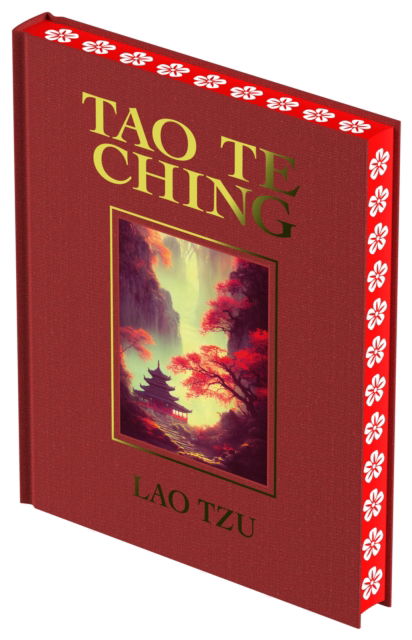
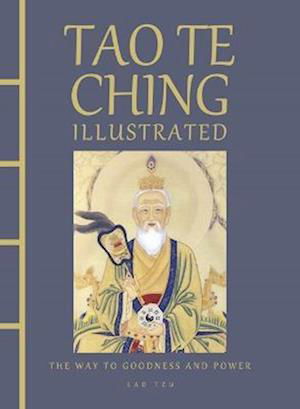
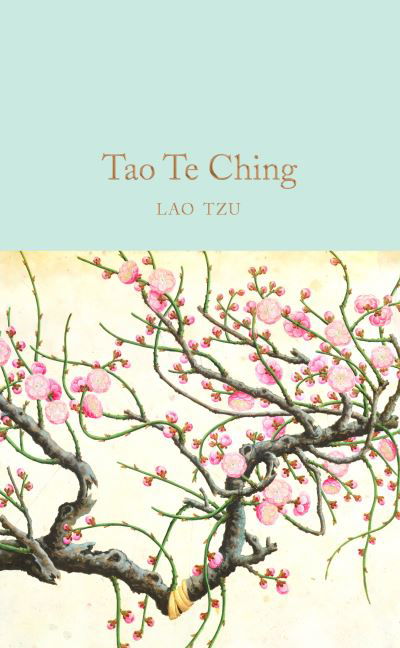
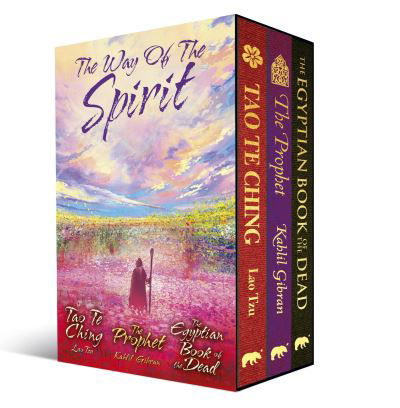
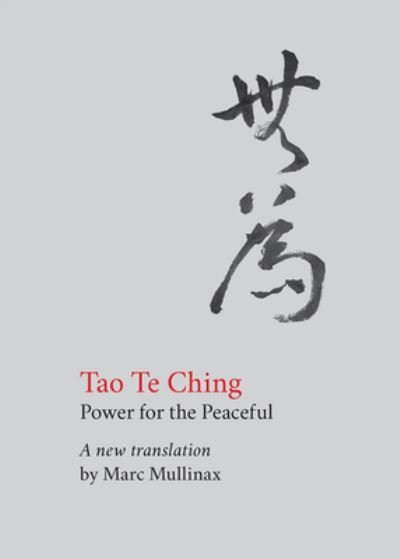
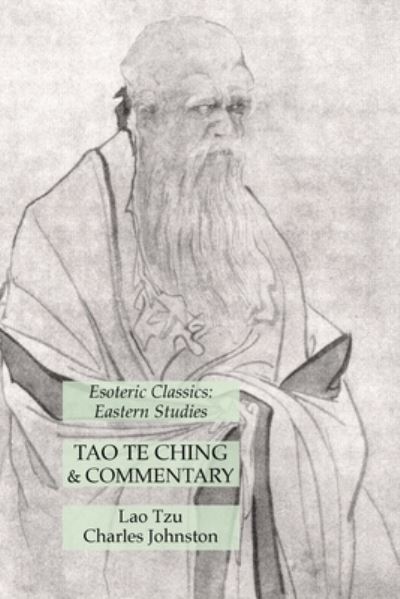
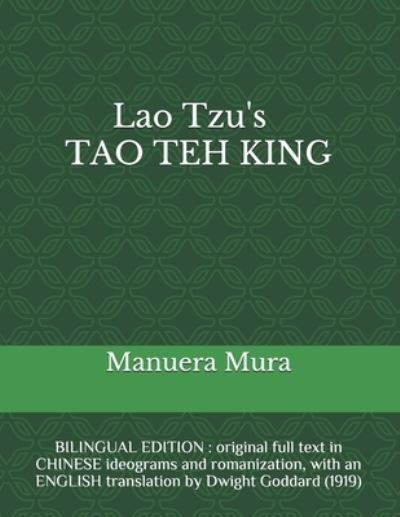
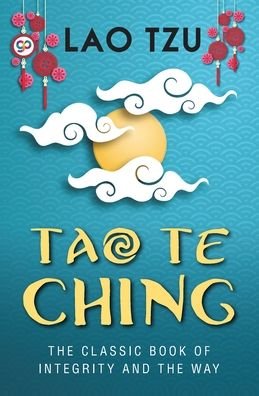
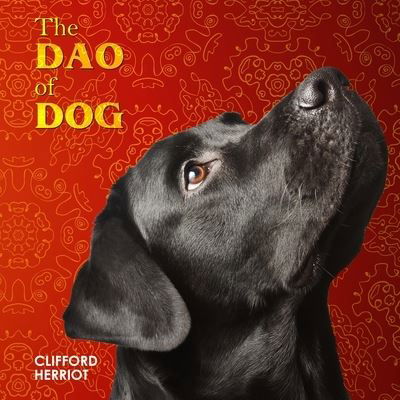
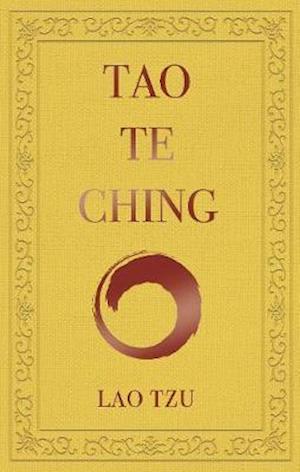

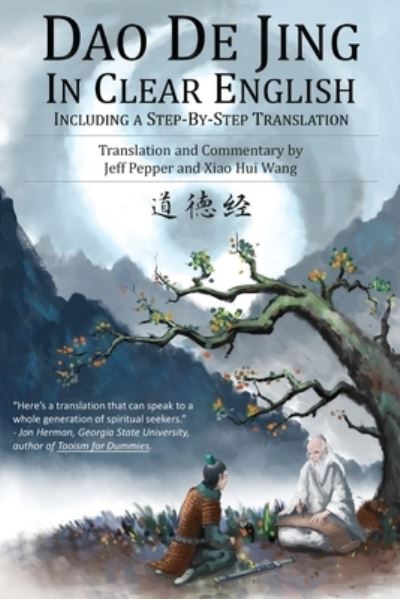
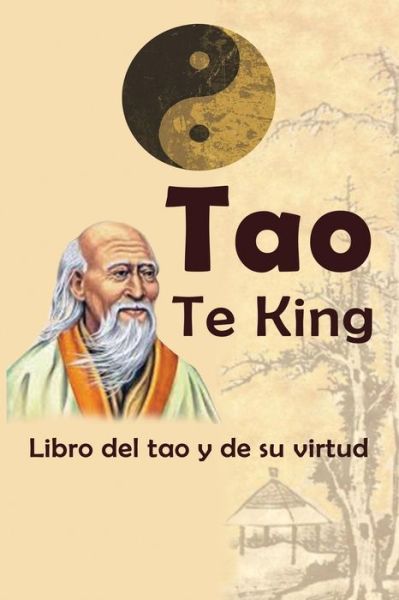
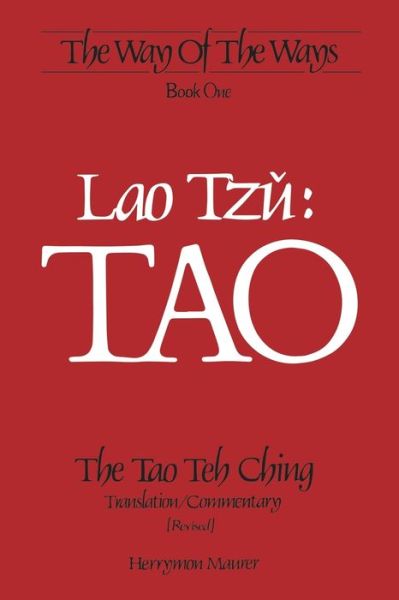
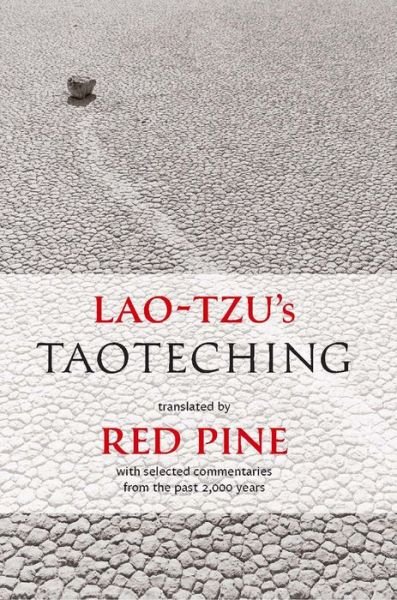
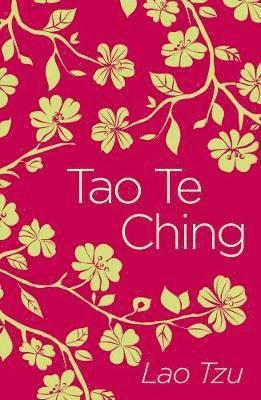

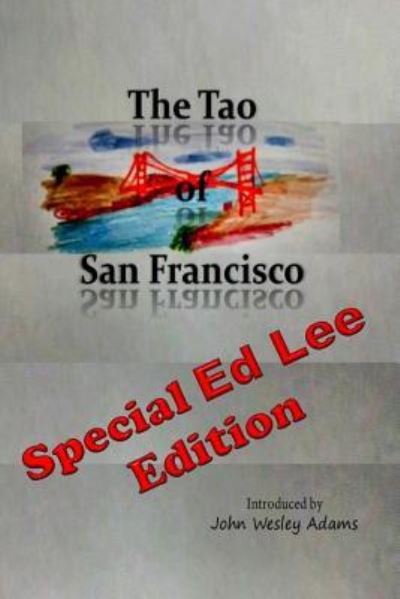
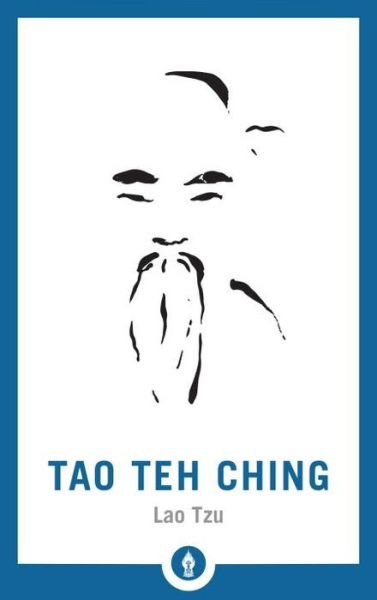
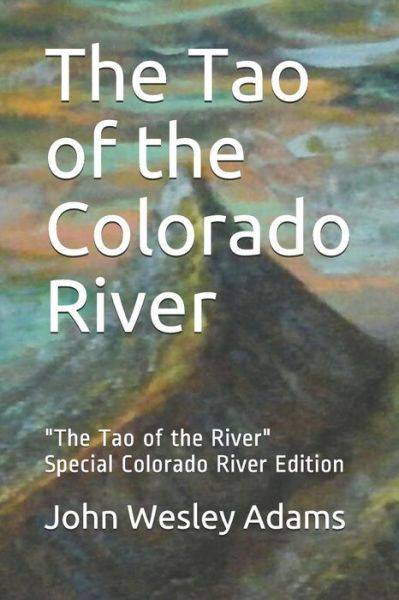
![Cover for Lao Tzu · Tao Te Ching (New Edition With Commentary) (Paperback Bog) [2 Revised edition] (2017)](https://imusic.b-cdn.net/images/item/original/550/9780993267550.jpg?lao-tzu-2017-tao-te-ching-new-edition-with-commentary-paperback-bog&class=scaled&v=1543129893)
![Cover for Lao Tzu · Tao Te Ching - Sacred Texts: 81 Verses by Lao Tzu with Commentary - Sacred Texts (Hardcover bog) [New edition] (2017)](https://imusic.b-cdn.net/images/item/original/287/9781786780287.jpg?lao-tzu-2017-tao-te-ching-sacred-texts-81-verses-by-lao-tzu-with-commentary-sacred-texts-hardcover-bog&class=scaled&v=1488587846)
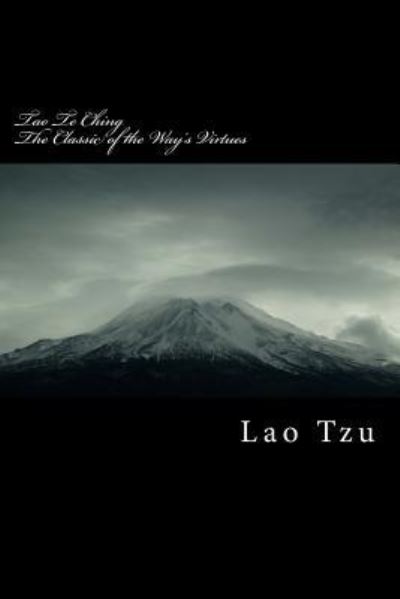


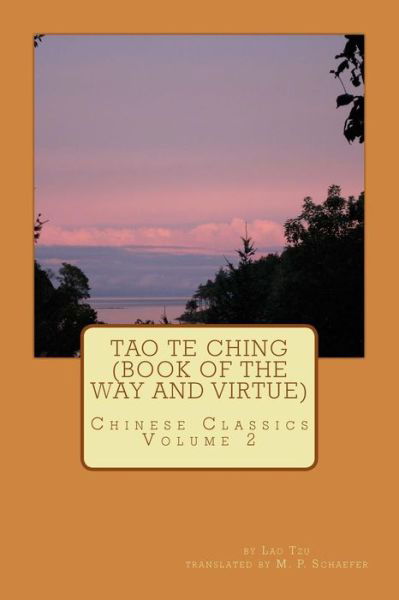
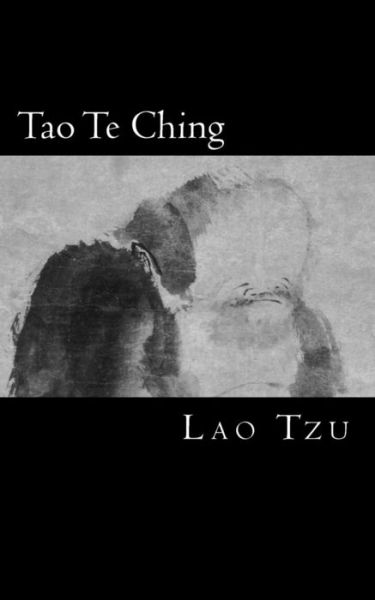
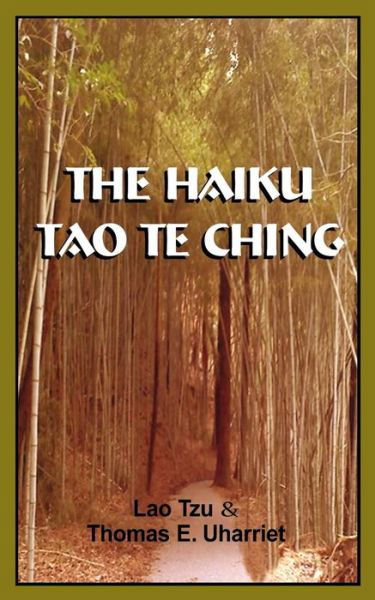
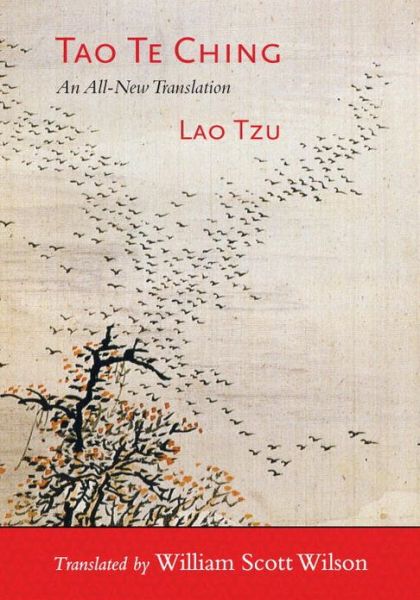
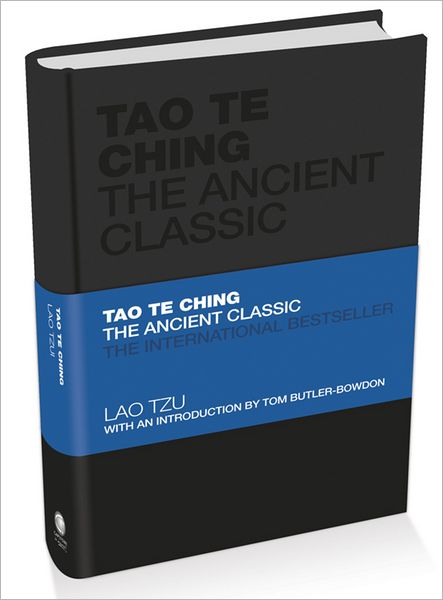
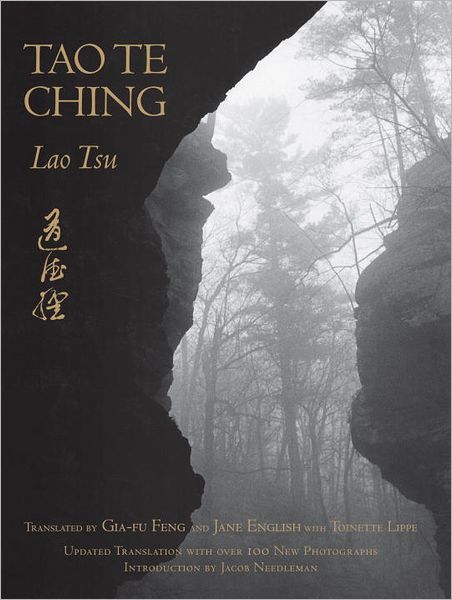
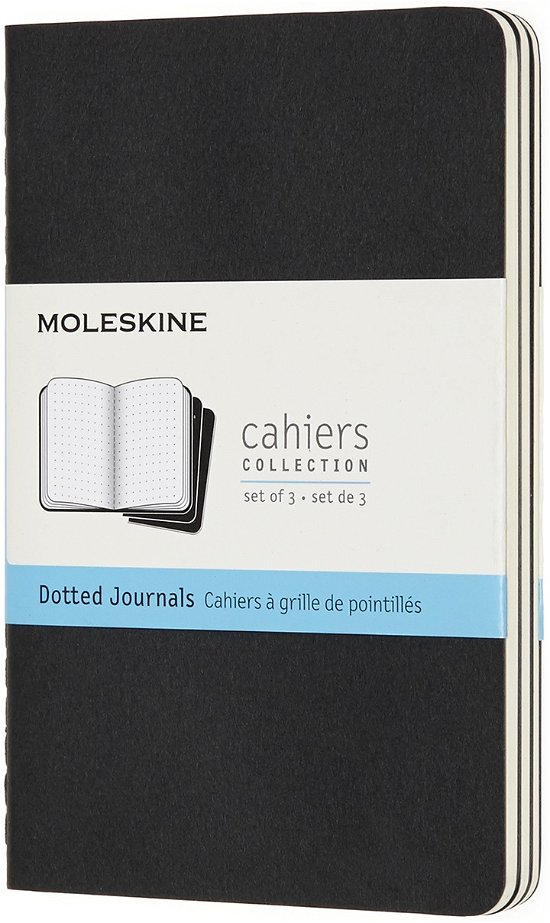

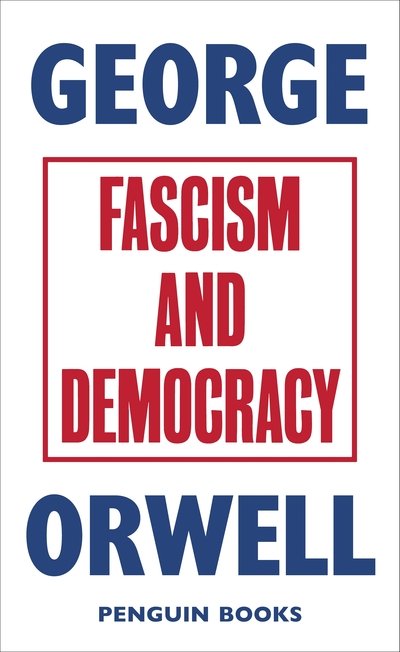
![Cover for Horace Walpole · The Castle of Otranto: A Gothic Story - Oxford World's Classics (Paperback Bog) [3 Revised edition] (2014)](https://imusic.b-cdn.net/images/item/original/447/9780198704447.jpg?horace-walpole-2014-the-castle-of-otranto-a-gothic-story-oxford-world-s-classics-paperback-bog&class=scaled&v=1412829508)

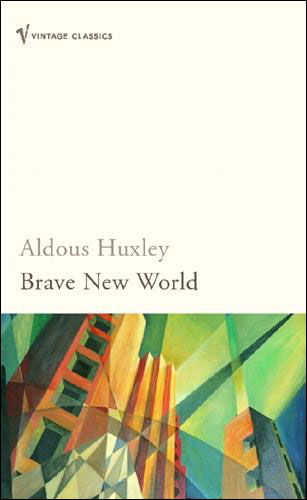
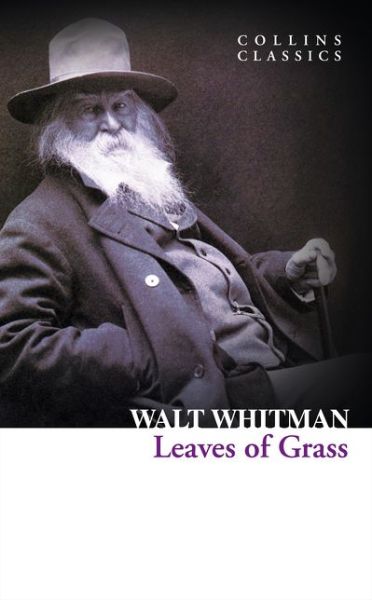

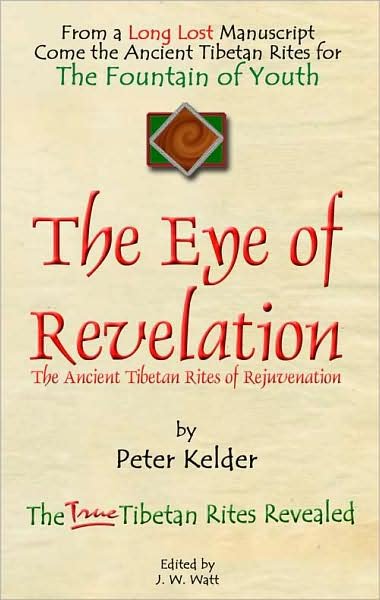

![Cover for Ali-Bab · Ali-Bab Gastronomisk håndbog (Indbundet Bog) [2. udgave] [Indbundet] (2011)](https://imusic.b-cdn.net/images/item/original/193/9788717042193.jpg?ali-bab-2011-ali-bab-gastronomisk-haandbog-indbundet-bog&class=scaled&v=1353193298)

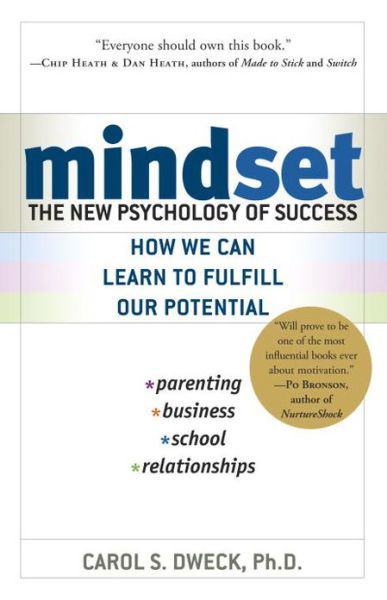
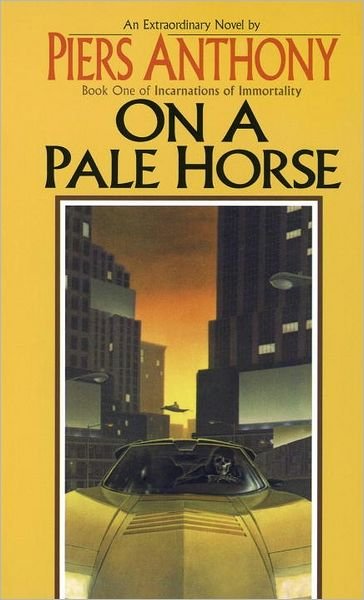
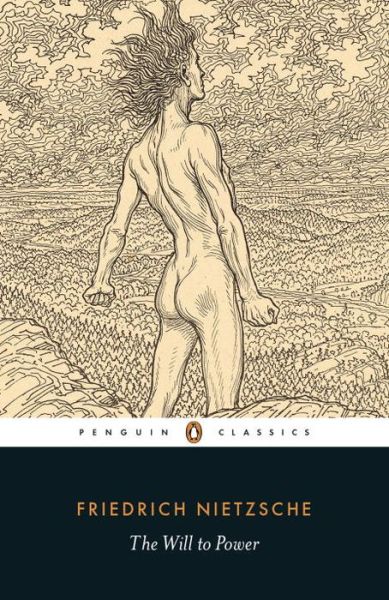
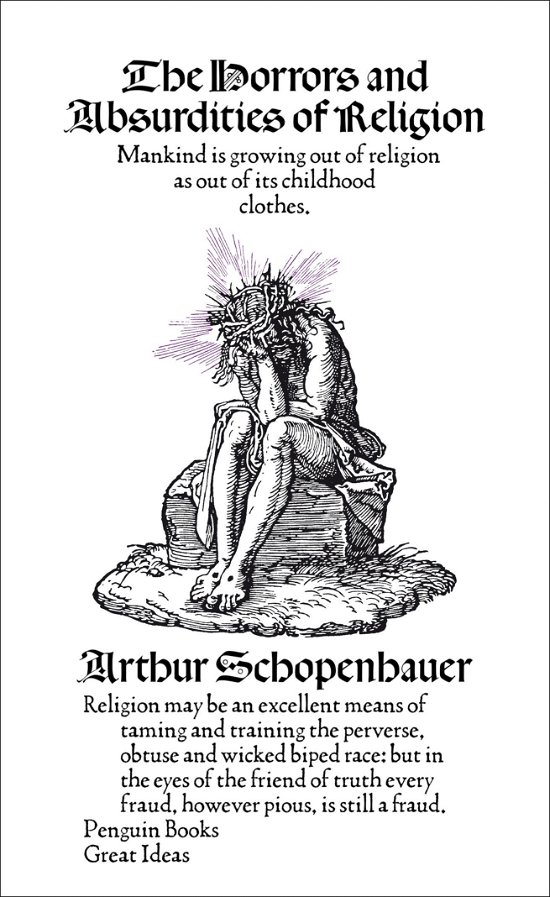
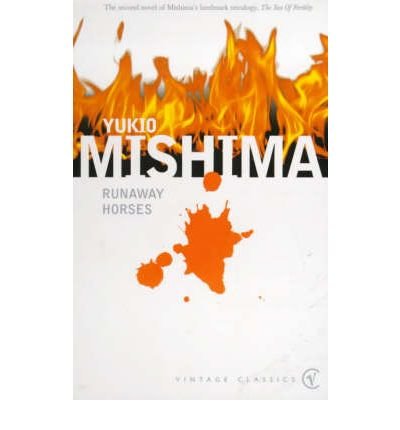

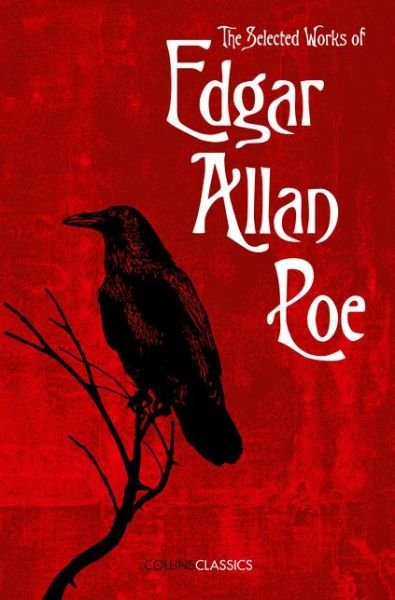

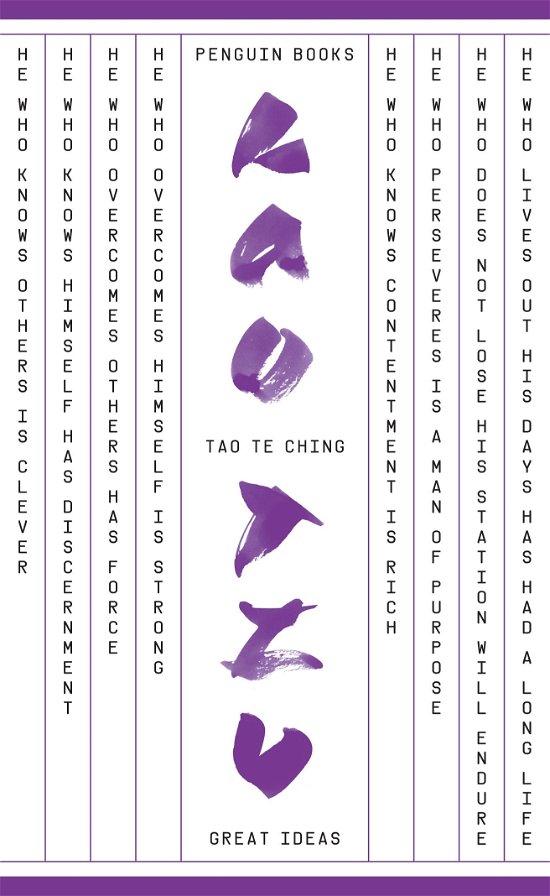

![Cover for Lao Tzu · Tao Te Ching: The New Translation from Tao Te Ching: the Definitive Edition - Cornerstone Editions (Paperback Bog) [Ed edition] (2008)](https://imusic.b-cdn.net/images/item/original/188/9781585426188.jpg?lao-tzu-2008-tao-te-ching-the-new-translation-from-tao-te-ching-the-definitive-edition-cornerstone-editions-paperback-bog&class=scaled&v=1403732151)
![Cover for Lao Tzu · Tao Te Ching - Classics of World Literature (Paperback Bog) [New edition] (1997)](https://imusic.b-cdn.net/images/item/original/719/9781853264719.jpg?lao-tzu-1997-tao-te-ching-classics-of-world-literature-paperback-bog&class=scaled&v=1403732131)

